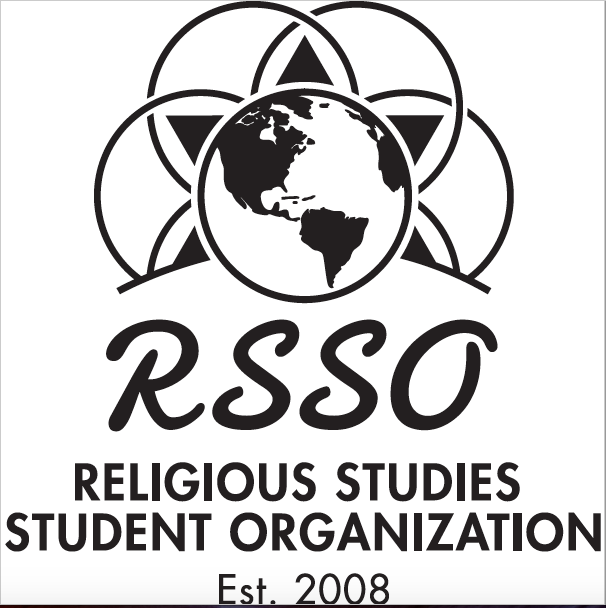Moderator
Dr. Neal Pease
Location
Room A
Start Date
1-4-2017 11:00 AM
End Date
1-4-2017 12:00 PM
Abstract
This paper examines Hildegard of Bingen’s journey from a 12 century Benedictine abbess, who was considered a visionary, composer, healer, theologian, prophetess, prolific writer, mystic, and spiritual warrior in the twelfth century, was ultimately Sanctified and designated as a Doctor of the Church in the 21st century. I am positing that Hildegard’s canonization and being made a Doctor of the Church had more to do with the “bridges (outside)” and “gaps (inside)” between the Catholic Church and society at large. Using primary sources, I will first give a brief background of Hildegard, her most important creative works, as well as specific events in her life. The reason for the failure of the Papacy to initially sanctify Hildegard in the 12th and 13th centuries. I will then fast forward from the time of her death, and lack of sanctification to the 20th and 21st centuries where we will encounter the “resurrection” of Hildegard, via the feminist, New Age, Creation Spirituality, Liberation Theology, social justice and holistic health movements. The what, where, how and by whom the “resurrection” occurred, what that entailed and the overlapping similarities between the Catholic Church’s issues in the twelfth century and similar issues in the late 20th to early 21st century. My research indicates that Hildegard’s canonization was due to the “perfect storm” of becoming a worldwide cult figure, whose teachings resonate cross-culturally and cross-religiously. By having sanctified Hildegard and designating her as a Doctor of the Church, the Catholic Church could bridge the gaps between Catholic and non-Catholic followers of Hildegard.
The “Resurrection” of Hildegard of Binge: Complements of the Feminist, New Age, and Social Justice Movements
Room A
This paper examines Hildegard of Bingen’s journey from a 12 century Benedictine abbess, who was considered a visionary, composer, healer, theologian, prophetess, prolific writer, mystic, and spiritual warrior in the twelfth century, was ultimately Sanctified and designated as a Doctor of the Church in the 21st century. I am positing that Hildegard’s canonization and being made a Doctor of the Church had more to do with the “bridges (outside)” and “gaps (inside)” between the Catholic Church and society at large. Using primary sources, I will first give a brief background of Hildegard, her most important creative works, as well as specific events in her life. The reason for the failure of the Papacy to initially sanctify Hildegard in the 12th and 13th centuries. I will then fast forward from the time of her death, and lack of sanctification to the 20th and 21st centuries where we will encounter the “resurrection” of Hildegard, via the feminist, New Age, Creation Spirituality, Liberation Theology, social justice and holistic health movements. The what, where, how and by whom the “resurrection” occurred, what that entailed and the overlapping similarities between the Catholic Church’s issues in the twelfth century and similar issues in the late 20th to early 21st century. My research indicates that Hildegard’s canonization was due to the “perfect storm” of becoming a worldwide cult figure, whose teachings resonate cross-culturally and cross-religiously. By having sanctified Hildegard and designating her as a Doctor of the Church, the Catholic Church could bridge the gaps between Catholic and non-Catholic followers of Hildegard.

